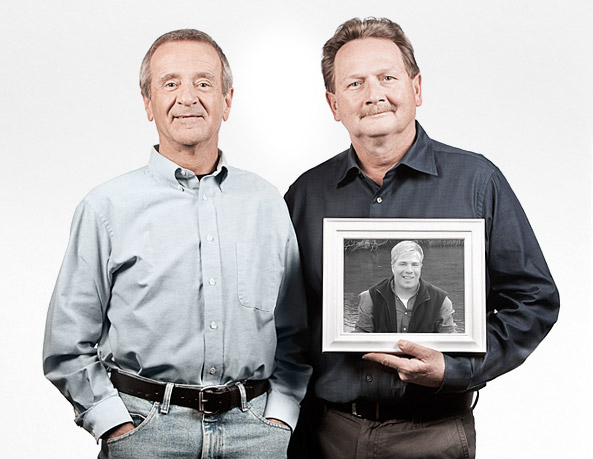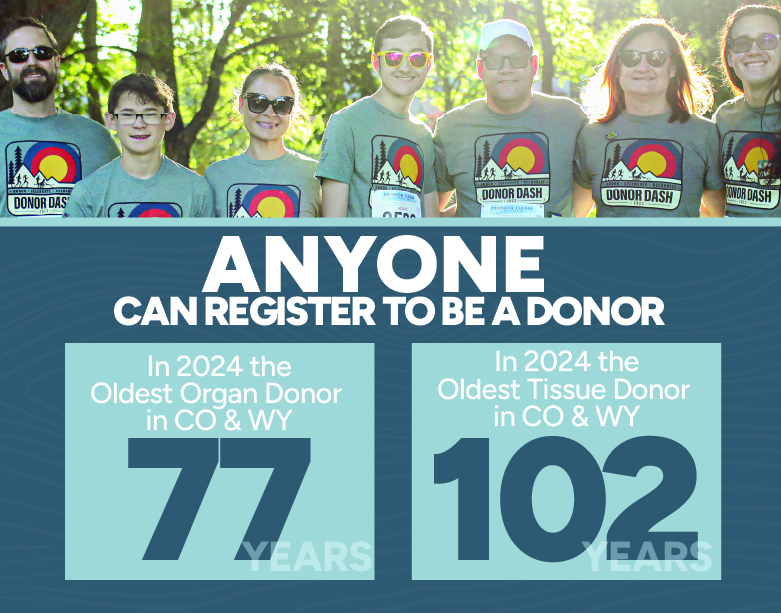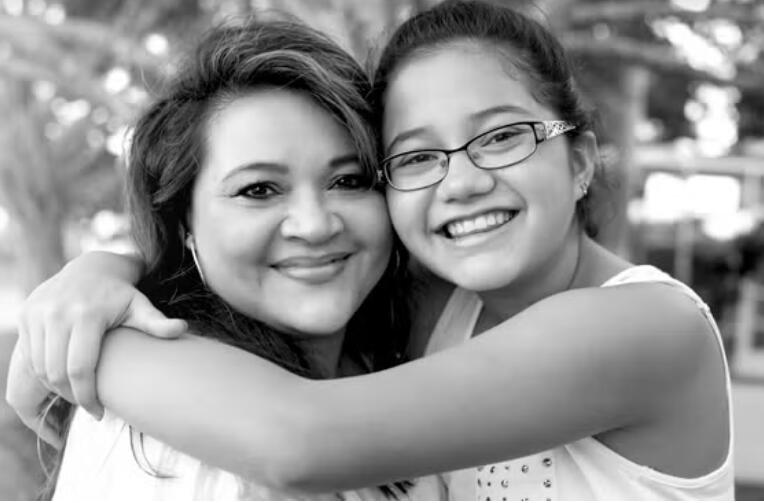Donation Essentials Blog
Aftercare: Connecting Donor Families & Recipients
Part Two of Three in our “Aftercare” Series
Many donor family members and recipients have expressed how meaningful it is to connect with one another. Donor Alliance encourages correspondence between donor families and recipients, and is proud to help facilitate these connections whenever possible.
“To support these amazing families along their journey of grief, and help connect them with the hope and healing that donation can bring, is a privilege,” said Joyleen Helcoski, Donor Alliance Aftercare Coordinator.
How Can Donor Families and Recipients Start the Process of Connecting?
- Connecting Donor Families & Organ Recipients: If Donor Alliance donor family members are interested in connecting with their loved one’s organ recipient(s), they are welcome to initiate contact first. There are two ways donor family members can initiate that contact:
- Mail a paper letter or card to the Donor Alliance office and include: the full name of your loved one who donated, your full name and relationship to your loved one, the date your loved one passed away. (Donor Alliance, 200 Spruce Street, Suite 200, Denver, CO 80230)
- Donor family members can also submit a letter electronically, by completing this online form.
Once Donor Alliance receives the letters, by mail or electronically, Aftercare staff members then forward the letter to the recipient’s transplant center where it will then be delivered to the recipient.
Struggling with what to write? We have suggestions, here.
Organ recipients may also make the initial contact with their donor families, they should send their letters to their transplant center to get the communication process started.
- Connecting Donor Families & Tissue Recipients: The process is a bit different for Donor Alliance donor families whose loved ones donated tissue grafts (bone, soft tissue, heart valve or skin). In this case, the tissue recipients must be the first to initiate correspondence and once that happens, donor family members may respond.
It’s important to note that Donor Alliance’s role in the communication process is to facilitate written correspondence and keep the identities of donor family members and recipients confidential until both parties decide they’re ready to communicate directly.
What if Donor Families Don’t Hear From Their Loved One’s Recipient(s)?
Just as it is a donor family’s choice whether or not to write to recipients, it is a recipient’s choice whether or not to respond. There are many reasons why a recipient might not contact their donor family. Many recipients struggle with survivor’s guilt, or have a difficult recovery after their transplant. Some simply can’t find the words to express their gratitude. Regardless of whether or not a recipient decides to write, they are undoubtedly grateful for the second chance at life that was given to them by their donor.

Larry (Donor Father) with Bill (Heart Recipient) holding a picture of Larry’s son Tyler – Bill’s donor.
Local Connections:
We have several amazing stories of donor family members meeting their loved one’s recipients. While just a few are listed below, there have been many more connections made, both public and private, between donor families and recipients in our area.
A few stories:
- Judi, a donor mother from Fort Collins, meets her son’s heart recipient, here.
- Phil, a tissue recipient, meets his donor’s mother, here.
- Larry, a donor father from Cheyenne, WY, meets his son’s heart recipient, here.
This post is part two in our three-part “Aftercare” series. If you haven’t already, give post one, “Resources for Donor Families,” a read.
For more information and more aftercare resources, please visit the donor family resources page. If you haven’t already, we encourage you to sign up to be an organ, eye and tissue donor any time on our websites: DonateLifeColorado.org or DonateLifeWyoming.org.


